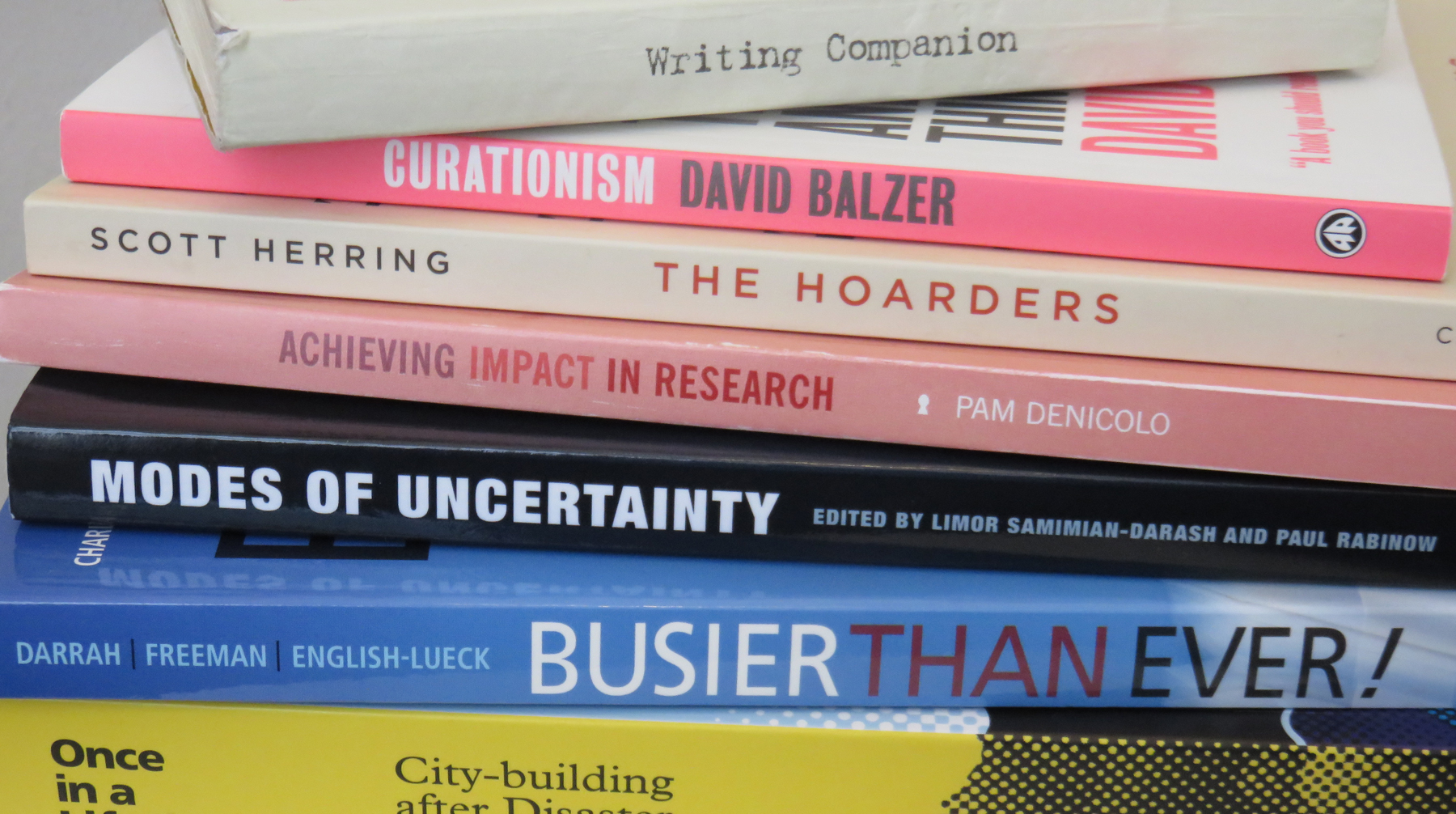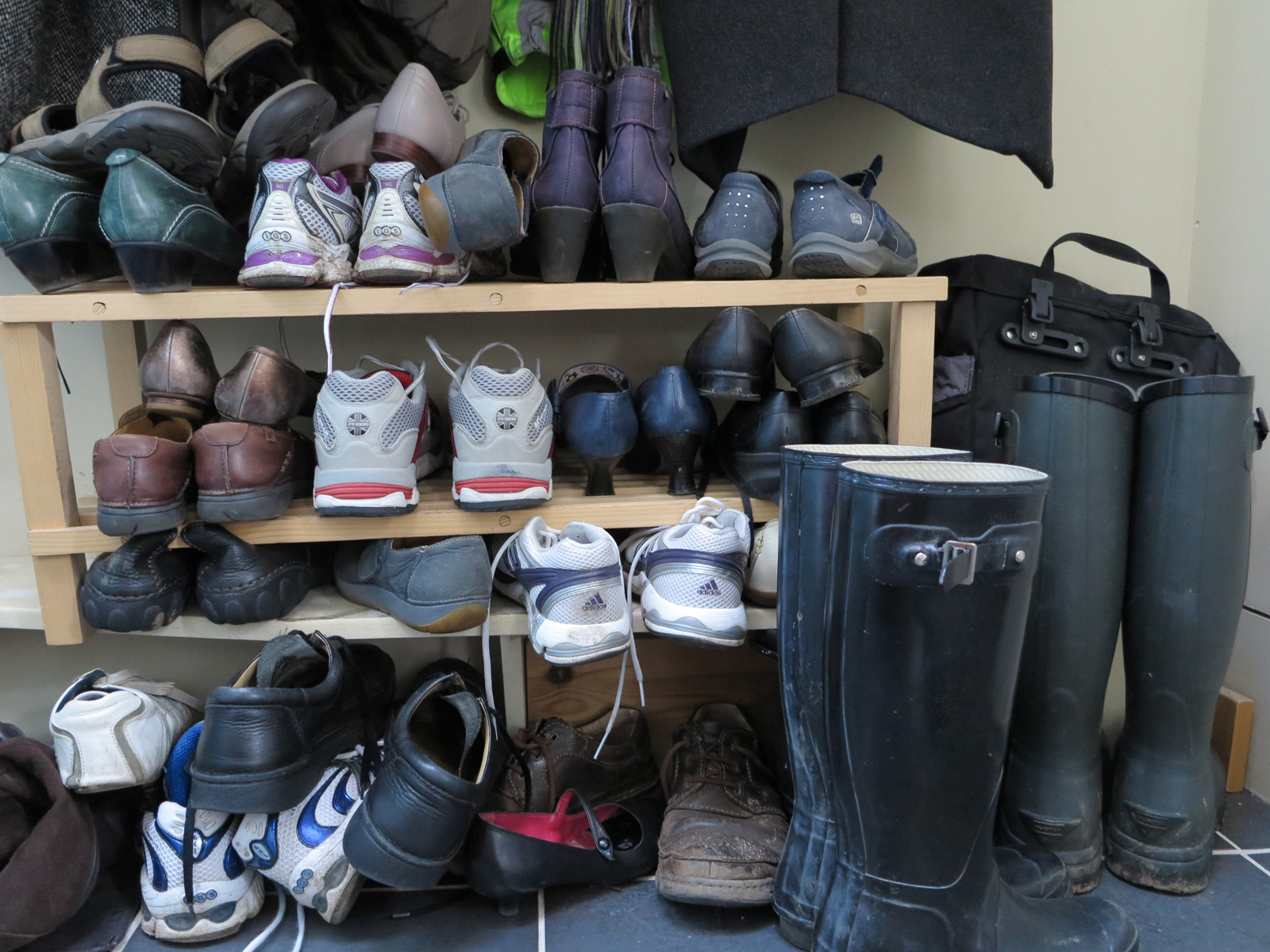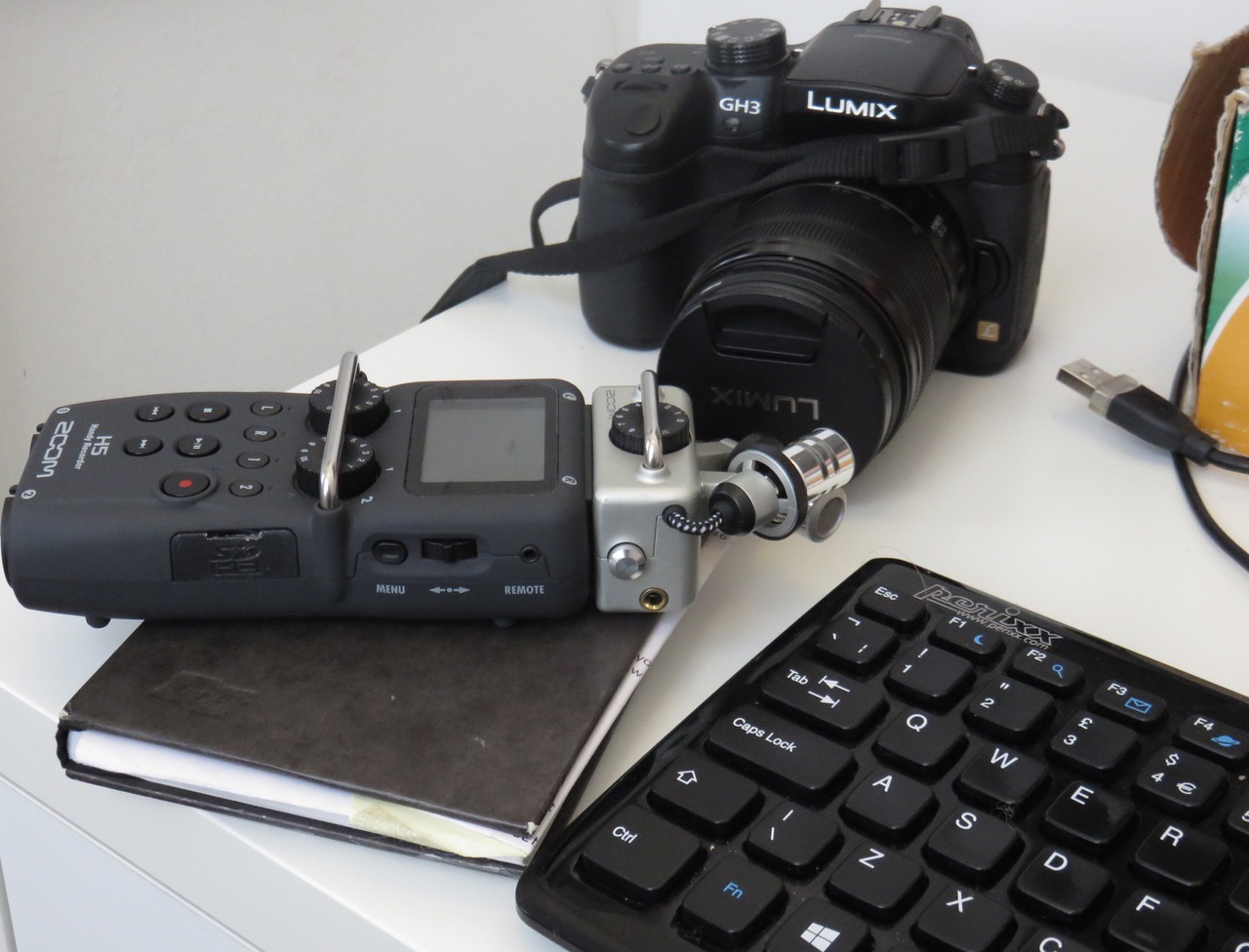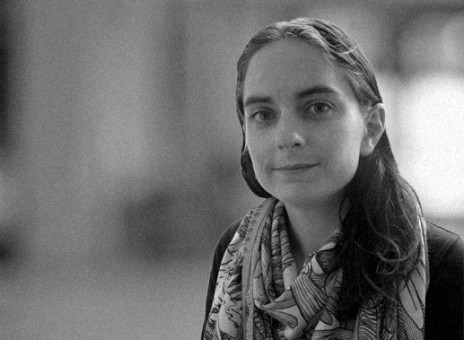Sorting through (ethnographic) things: reflections on Profusion theme fieldwork
The rhythm of ethnographic fieldwork develops uniquely from the opportunities and questions explored through a particular research focus. Yet, within this momentum, moments typically emerge that are good for ‘taking stock’. Or reflecting more self-consciously on what is being learnt through the fieldwork experience. This engaged reflexivity – a manoeuvring between empirical details, analytical frameworks, and theoretical interests – is (for me) at the core of the anthropological approach.

I write this post during one such pause. Over recent weeks I have begun to ‘sort through’ materials we are producing from our Profusion fieldwork in homes and museums. This includes interviews, site visits, image-making, document analysis, and writing fieldnotes. By briefly describing some of our fieldwork activities, and emerging points of interest, my aim in this post is to capture our research in (and indeed as) process. A process that all too often is discarded from scholarly outputs. But which (for now at least!) I choose to push through into the website as future archive of the project.
Since beginning our theme research we have put into practice an approach to fieldwork that we have introduced elsewhere (see this presentation or this Blog). This fieldwork is enabling us to better understand how profusion is experienced in homes and museums. In both, participants speak about the difficulties of deciding what to keep for posterity when there are ever increasing amounts and kinds of stuff that could potentially be retained. Yet, beyond overwhelming choice, our fieldwork is also revealing how profusion manifests through accumulated things and often those inherited from others. This is an especially tricky kind of abundance to deal with due to (what has been called) the ‘tyranny of the heirloom’. Obligations, memories, and tacit expectations invested in bequeathed things tend to make this stuff more obdurate. While expecting to look at inherited things in homes, it has surprised me that museums seem also to think about profusion in this way. For example, in our interviews, curators speak about the challenge of managing prolific collections assembled during and received from earlier times of ‘salvage collecting’. Or the idea that things perceived at risk of being lost (e.g., from time itself, or specific events like the rise of mass manufacturing) were gathered up for long-term preservation and conservation. This notion of ‘endangerment’ is being explored across all domains in Heritage Futures.
Profusion manifests through accumulated things and often those inherited from others. This is an especially tricky kind of abundance to deal with due to (what has been called) the ‘tyranny of the heirloom’. Obligations, memories, and tacit expectations invested in bequeathed things tend to make this stuff more obdurate.

Another particular way that profusion is experienced in homes and museums is through the duplication of things. This is illustrated in this Blog by a professional organiser writing about ‘lots’ of gardening gloves that she encounters in cluttered homes. Similarly, during a storeroom tour and interview, a museum curator mentioned challenges of identifying duplication when faced with multiples of the same kind of object. Speaking about considering not just visual appearance, but qualities like provenance, condition, historical significance, or holdings elsewhere, revealed (some) of the kinds of values on which future-keeping decisions are made.
Another particular way that profusion is experienced in homes and museums is through the duplication of things.
Coping with these two aspects of profusion – both an overwhelming choice of things that could be acquired for keeping and dealing with an abundance of already accumulated stuff – is clearly challenging. Across homes and museums participants express a desire for practical, ethical, and emotional ‘support’. Perhaps unsurprisingly then, one fieldwork focus is key sources of professional guidance. In museums we have started to survey (these kinds of) ethical guidelines and disposal toolkits used for collections reviews. We are also exploring actual cases of collections audit. In homes, we are interviewing ‘declutterers’, ‘organisers’, ‘life-coaches’, and ‘home-stagers’, while investigating the strategies developed within this profession for dealing with clutter.
Maybe one of the most unexpected early insights from our fieldwork is indeed just how widespread the language and practice of ‘decluttering’ is in everyday life and (although framed differently as ‘review’ and ‘disposal’) in museum work. Connected variously, for instance, to ideas of achieving ‘sustainability’ or ‘well-being’, there is interest in developing skills in letting go. Declutterers talk to us about how choosing what (and what not) to keep can ‘free’ or ‘unblock’ people not only from unwanted stuff, but emotions, memories, and relationships experienced as holding them back. Or, as one organiser put it when talking about what decluttering achieves for clients, ‘there is the opportunity to explore how you go forward’. A desire to develop skills in letting go speaks to aspirations for crafting future selves and lives.
Going forward is also my ambition for the coming weeks and months of the research. Having undertaken a period to pause, and guided by insights emerging from this reflection, I am looking forward to continuing our ethnographic investigation of profusion.

